I want to dive deep into what I’ve learnt and also about tips and tricks on how to cure and hot smoke trout at home or when you are outdoors.
I’ve been curing and smoking trout for 25 years, as well as, catching probably over a thousand trout across New Zealand. The odd one also in Scotland when living on the other side of the world.
It’s probably one of the first creatures I have cured and smoked. Since then, name it, and I’ve done it with most wild game (here is a link to the wild game article category list on this site) and farmed animals around.
A lot of content creators online who try to do a cured hot smoked trout, only seem to use indirect hot smoking. Which is fine – I do the same sometimes.
However, a much simpler and easier method is to use a portable direct smoker like this one.
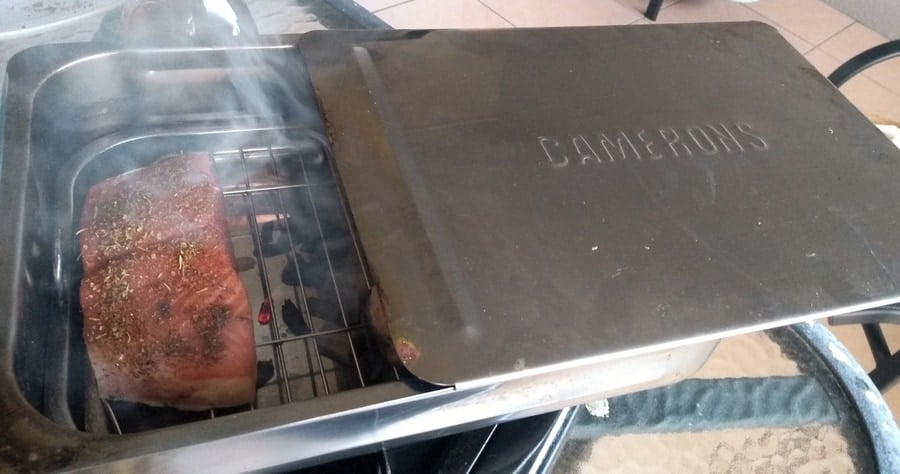
Here is a picture of the outcome you will get!
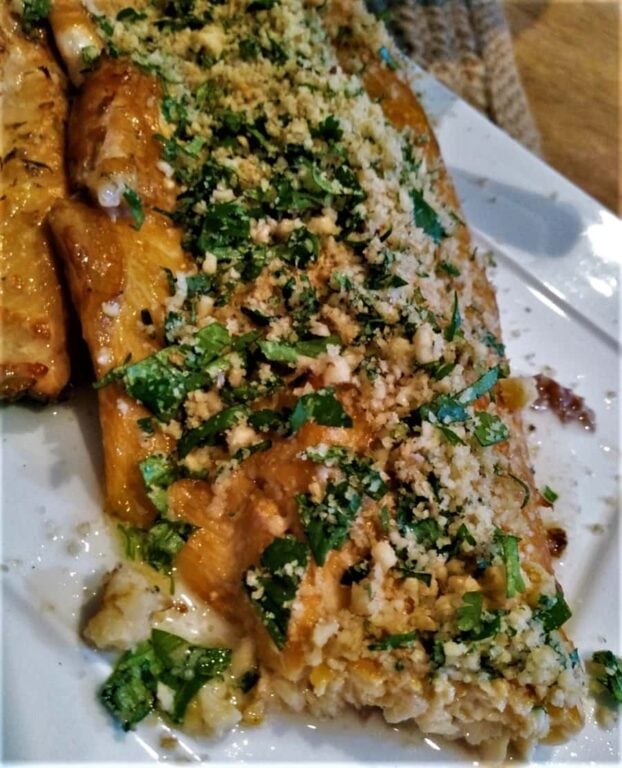
Cured and Hot Smoked Trout Recipe - Direct Hot Smoking

I've hot smoked trout various ways for 25 years, here is a simple and delicous method. Only take 24 hours to cure, form pellicle and hot smoke ready to eat!
Ingredients
- Sea salt - fine
- Brown Sugar or another type of Sweetener
- Portable Hot Smoker or (Indirect Smoker - notes below)
Instructions
- Gut Trout or Fillet Trout (Leave Skin On)

- Very Lightly Sprinkle Sparsely with Salt and Sugar (or other sweetener like Honey)

- Place on Rack, with Plate Underneath - inside fridge overnight (to form pellicle for smoking)

- 8-12 hours later - Prepare Hot Smoker - less smoking wood is better then too much

- Place Trout on Rack (if using fillets, skin side down. Add smoking wood sawdust, chips or pellets - turn up heat until wood starts to smoke, turn down

- Maintain a heat of approximately 212°F/100°C or less

- Depending on Size of Trout 7 to 15 minutes of smoked/cooking

- Use spatula to scrap off rack
- Rest or Eat Now

Notes
- Portable Smokers are a more direct way of cooking and smoking at the same time. The heat/wood is close to the meat that is directly above. I prefer to have the slide on lids slightly open for some air flow
- Too much wood, and a closed lid can lead to over-smoking and bitterness in the precious trout! Use a small handful at most
- You have to learn how you're smoke reacts to the heat/smoke, especially with portable smokers, lower temperature/heat is better. But with just enough to keep the smoke going
- How narrow or wide the heat from below a portable smoker will effect the cooking process greatly also
Curing Trout for Hot Smoking
Curing meat can be used for many different purposes. Either seasoning (seasoning a pork chop is a different task and volume of salt) for taste, curing to hold moisture, curing for flavor or for long term preservation.
In the case of cured and hot smoked (another article I wrote about hot smoking) trout, we are curing for holding the moisture in whilst it’s cooking/hot smoking to done-ness.
You can achieve this with either a dry cure or a wet brine cure.
For a more ‘pronounced’ smoked flavor, I’ve found a light simple dry cure works very well for this. Wet brines are milder, I find.
Here is a picture to show, in terms of the sparsely sprinkling salt, with about half this for the sprinkling of sugar – it is my preference.
Then I prefer to use about half the sugar as the amount of the salt to sprinkle on also, now if you do get or have one of these portable smokers, you can do the whole curing and pellicle forming (more on this later) using the same rack/tray from the smoker!
Please note, this was a trout probably feeding on certain nymphs or little fresh water crabs in the river – hence it has a orange look, no it is not salmon!
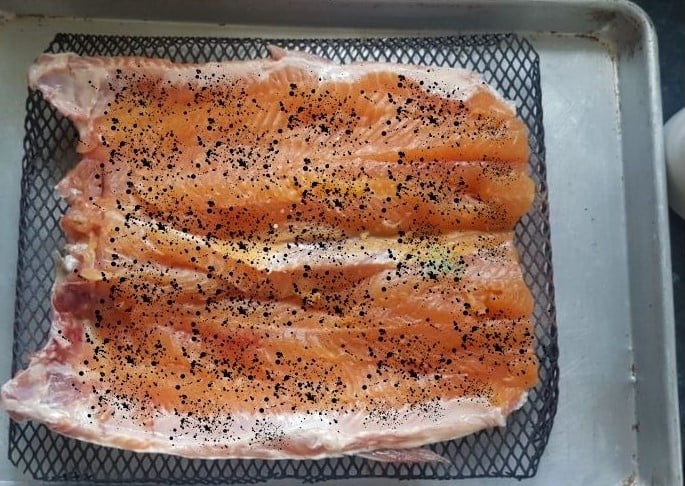
What is Hot Smoking?
It is smoking at the same time for flavor and heated for cooking the meat.
Online many people just say ‘smoking’ meat – for someone who is passionate about cold, warm and hot smoking this is just inaccurate.
Since Low and Slow Hot Smoking has gone mainstream. Smoking’ is often used for what I call indirect hot smoking (cold vs. hot smoking article), which I will explain below.
I’ve found, this can be categorized into 2 different methods.
- Direct Hot Smoking
- Indirect Hot Smoking
Direct Hot Smoking
Using a simple smoker, like the above, and using the same method of curing and hot smoking (here is a link to the hot smoking category list on this site) trout on it – this is by far the easiest and most economical way to hot smoke trout.
Where I was brought up in New Zealand, many of the trout fishermen I knew have this type of hot smoker.
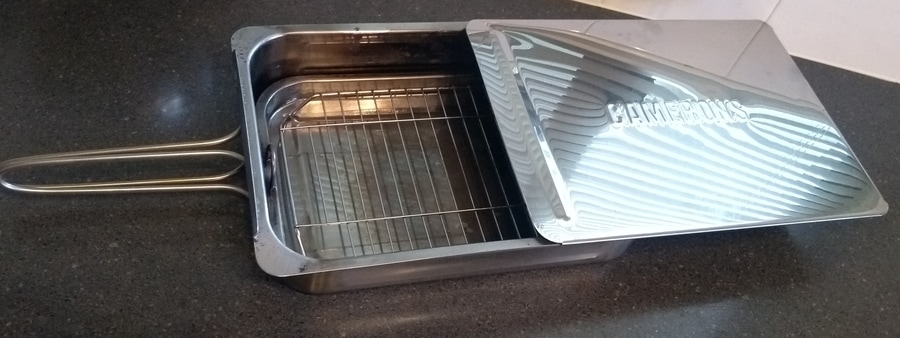
How it Works
You can basically just place this type of portable smoker (I wrote about portable smokers you may want here) on any heat source, ideally in an outdoor environment and you have a hot smoker, or what I like to call a direct heat hot smoker.
The reason I call it that is the heat is radiant towards the trout, it’s below the metal, the metal heats up on the bottom of the smoker. The metal has the wood on it.
Firstly, be carefully to not have a high temperature. Secondly, less wood and a little more airflow will avoid the delicious trout being ‘over’ smoked. Mum once made ‘smoked’ carrots! Points for trying, but unedible!
Indirect Hot Smoking
How it Works
Most guys out there will know a technique called low and slow smoking.
There are many other types of hot smokers that fall into this category, and they are also heated up in various ways.
Such as electric smokers, charcoal smokers, offset smokers etc.
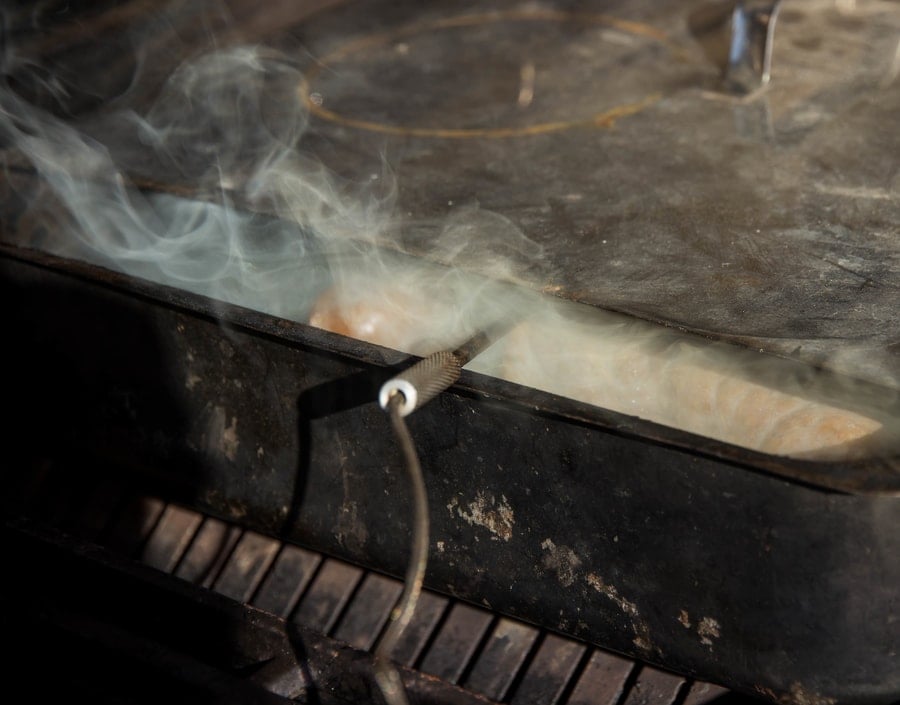
The key with any indirect hot smoker is to keep the temperature as low as possible when cooking/smoking the trout (here are other ideas I wrote about for cooking on a campfire).
Many commercial smokers will slowly turn up the temperatures – this assists in getting more smoke into the fish. Whilst also, you don’t lose moisture and when cooked, the meat will retain more of the moisture – BIG TIP!
It will very much depend on the size of the trout, often I smoke 2-5lb trout in New Zealand, while in Australia you are averaging more like ½ pound trout.
Scotland trout get big, also down in Southern Europe. In the middle of Europe it seems trout are only small.
Types of Smoking Woods to Use
Trout Type and Size Guide
- Filets
- Butterflied Filets (recipes shows a picture of this)
- Whole Fish
If you have any trout less than 1lb (about 0.5 kilogram), I would just gut it and leave it whole for the smoker, because it will cook/smoke very quickly.
Ideally, you want to smoke hanging meat, since you get smoke over the whole fish or whatever you are smoking.
I’ve noticed through experience that if you use a rack/grill – the smoke doesn’t adhere flavor to the meat as much.
MUST Dry Trout to Form Pellicle or No Smoke Flavor
Using a hot smoker, like a pellet smoker – doesn’t mean you are properly hot smoking, unless you follow the process of curing first, pellicle formation and then finishing with the hot smoking/cooking.
Pellet Grill Smokers, and many other indirect smokers, are really just baking with wood or wood/charcoal.
The reason again is, you end up baking/cooking the meat without the smoke penetrating, if it does – it’s minimal.
If there is a ‘drier’ type of smoke/heat like gas/propane the smoke might adhere a little. If it’s a wet type of heat generated from pure wood pellet smoker, it’s a more moist heat/smoke. The wood still has a level of moisture in it.
Curing is About Hold Moisture on the Surface of the Trout
This is all about holding that moisture on the surface, curing and salting meat comes at many ‘levels’ as mentioned.
We are talking about something that is in between ‘seasoning’ and fully cure preservation.
Hot Smoking is Outdoor Backing with Smoke
Most recipes on the internet I’ve seen are really just baking, since they haven’t allowed the pellicle to form. Hopefully they one day read this post and get a better understanding about smoking as a craft! It’s not like baking a cake!
You need to understand those subtle variables that are part of the process – types of wood, heat, variation in the meat, outdoor conditions temperature/humidity and the type of smoker you have.

Tom Mueller
For decades, immersed in studying, working, learning, and teaching the craft of meat curing, sharing the passion and showcasing the world of charcuterie and smoked meat. Read More

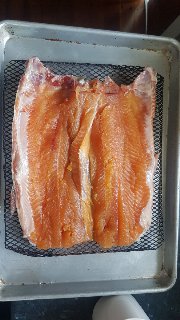
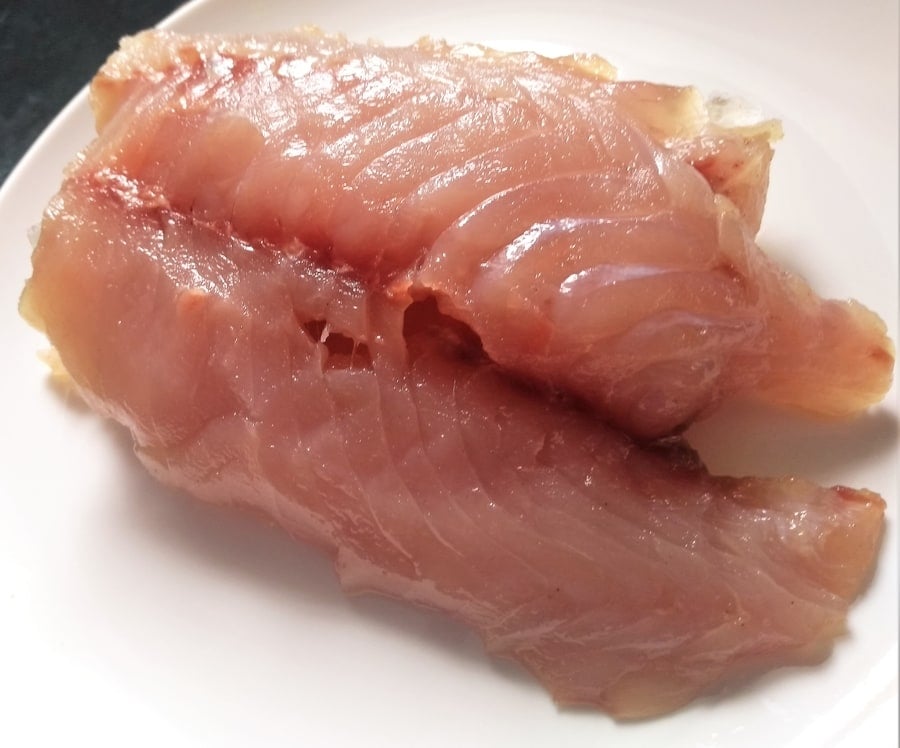
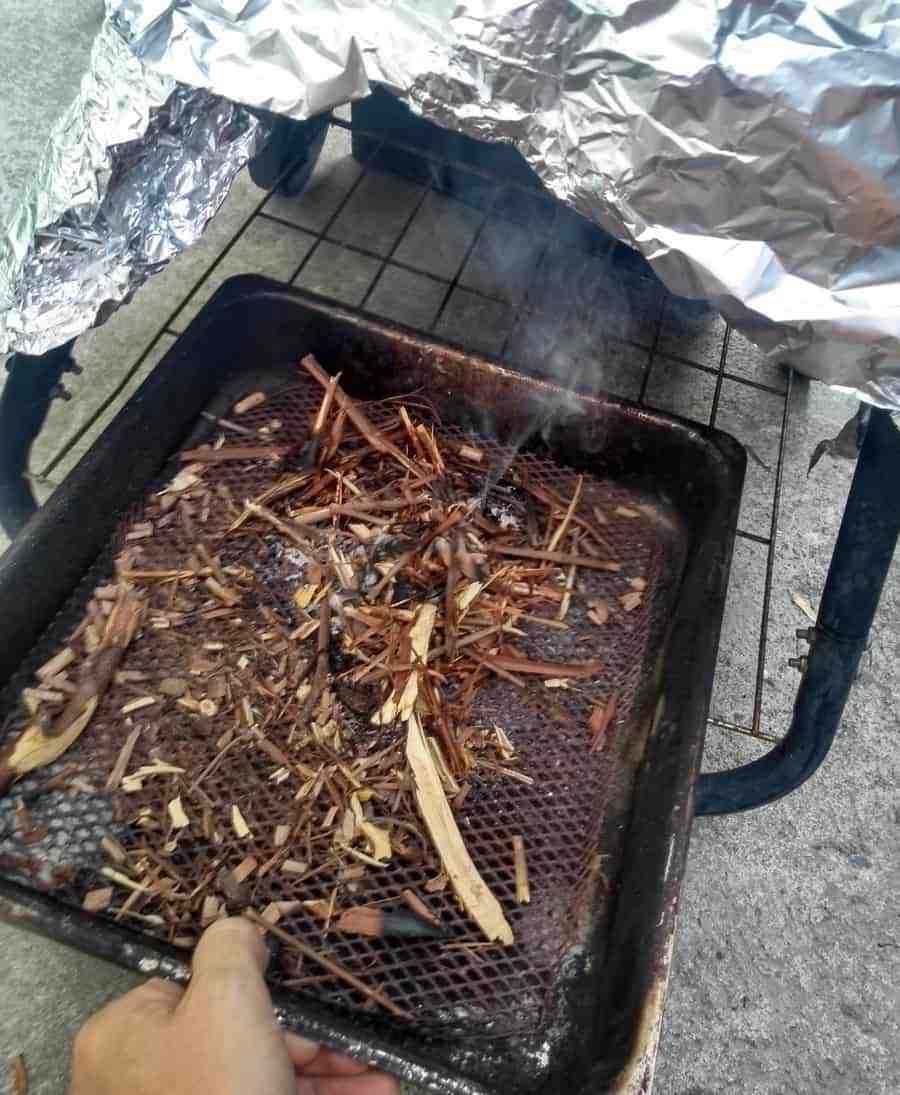
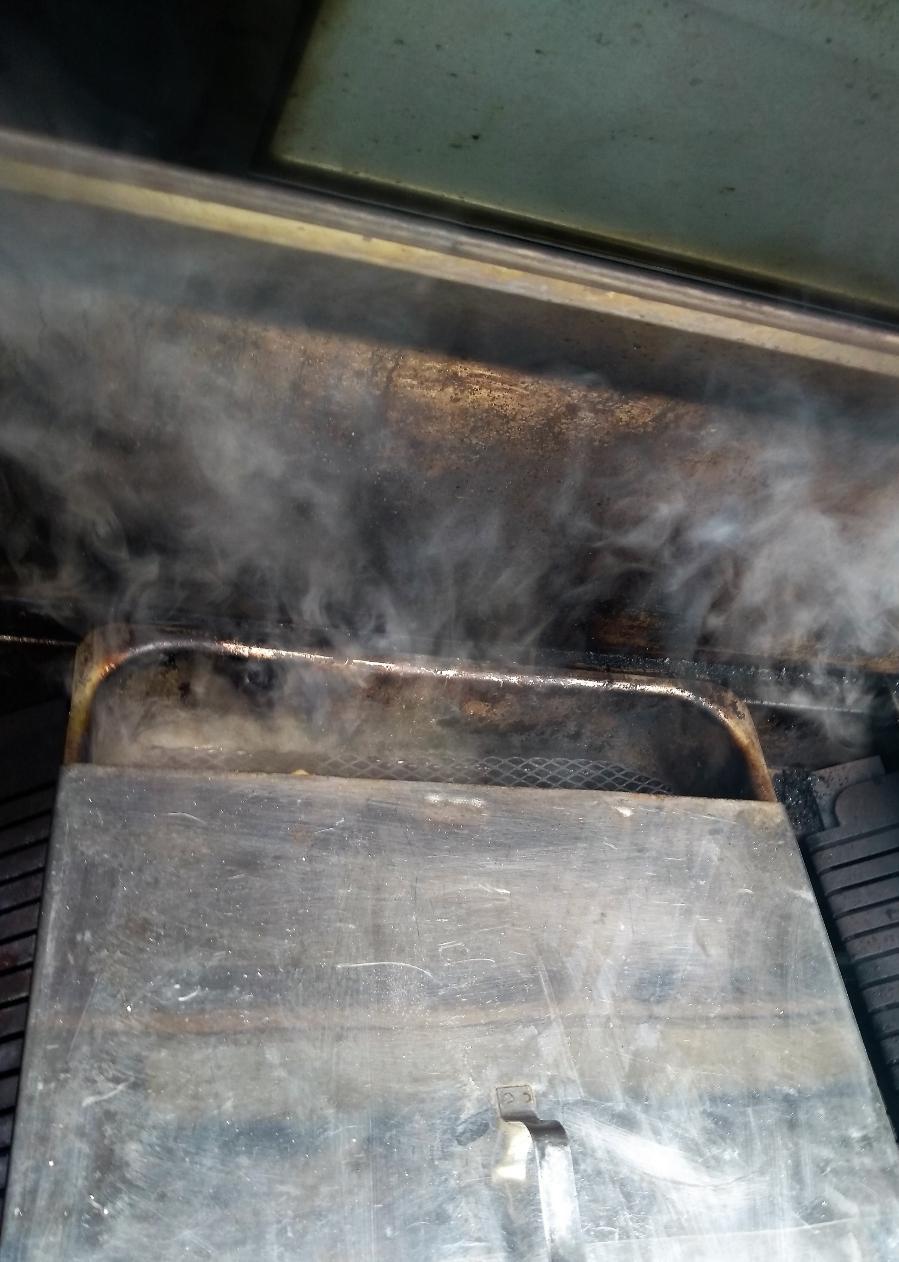
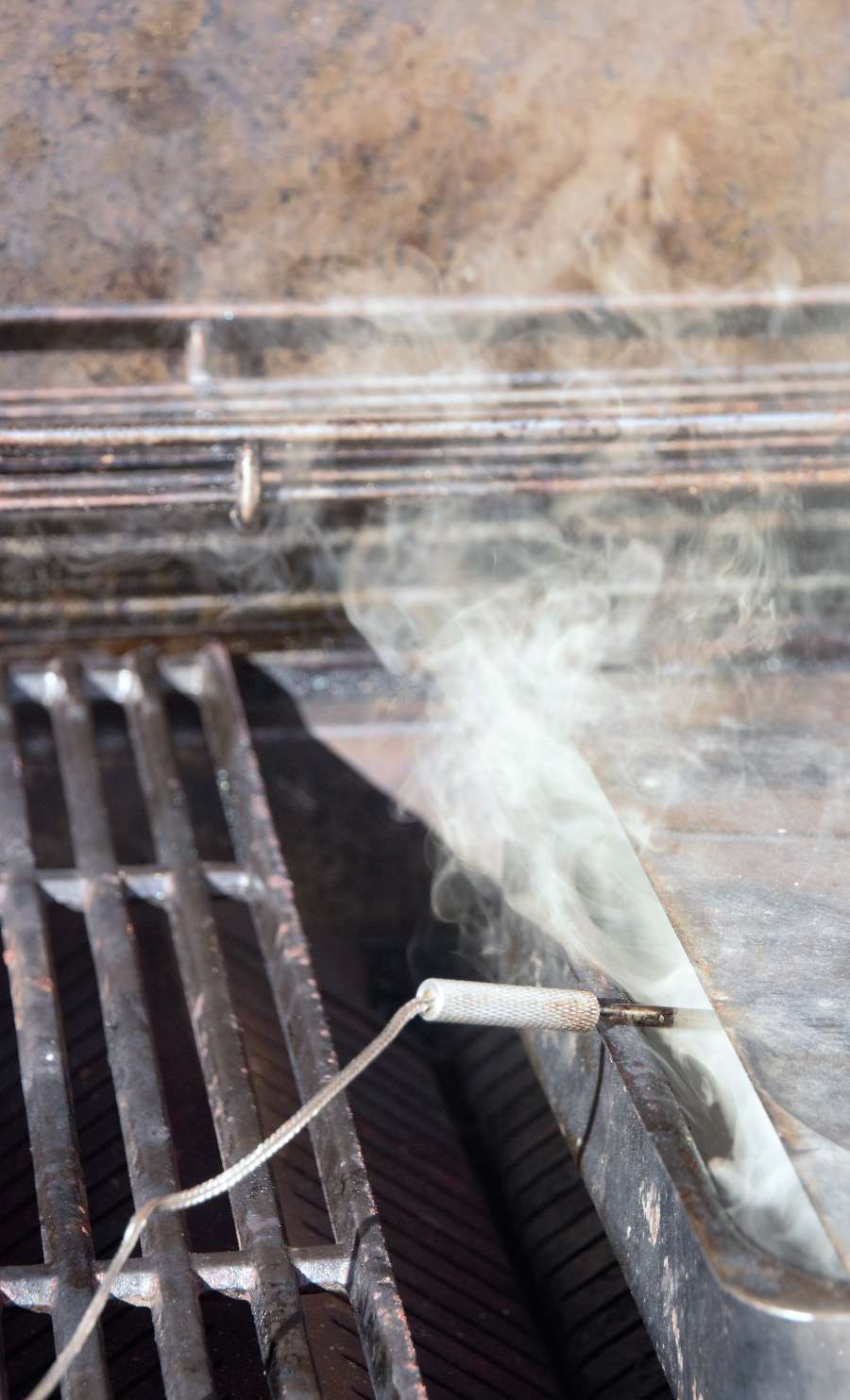
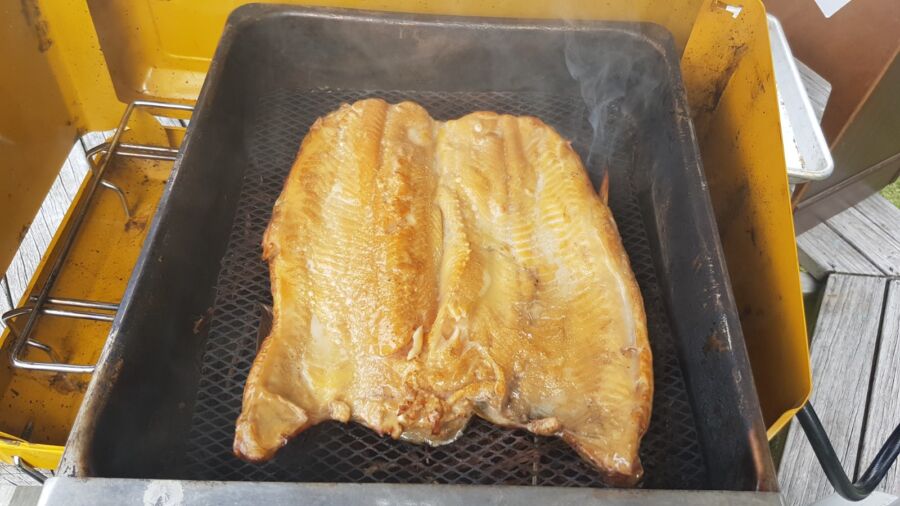
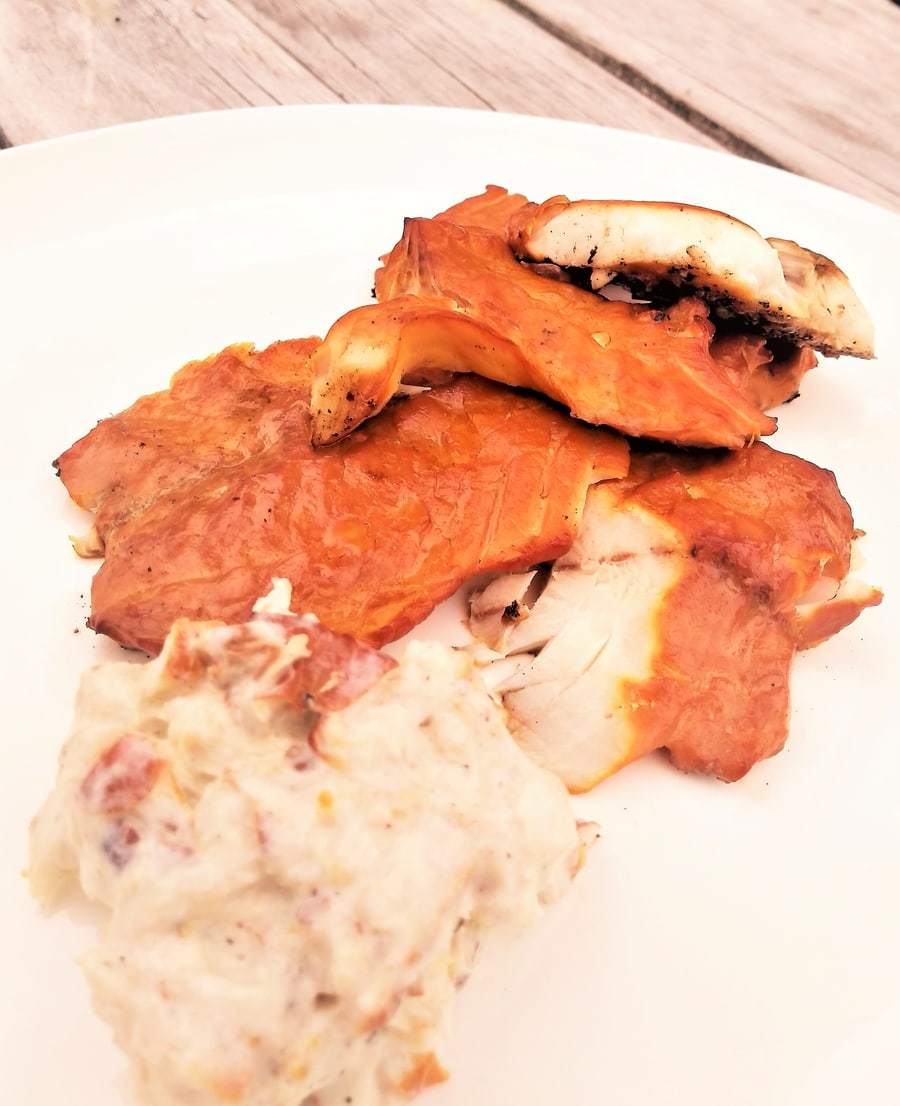
Can I cold smoke in a hot country ie indonesia, were the temp is 26 to 30 degrees c
….tough… when I have had those temperatures in summer in New Zealand. I use a steel smoker which has good insulation, i put a container of ice in, to keep temperature atleast below 20C. Pumping the cold smoke from another area (smoke generator or ducted pipe etc.) will help cool the smoke on the way also. All the best, Tom